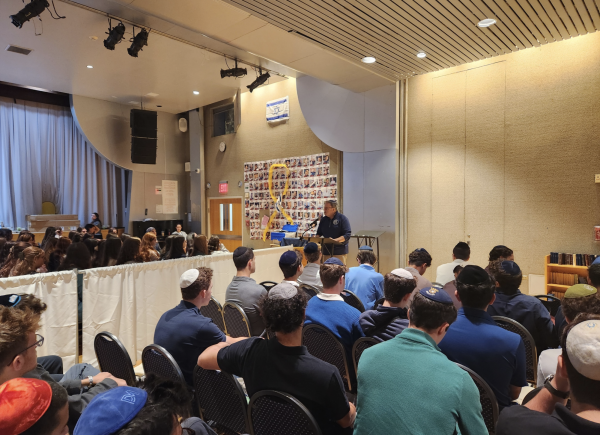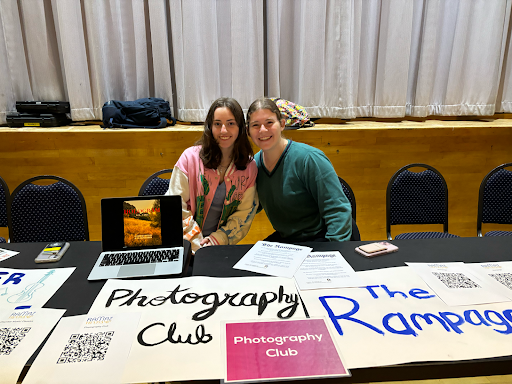No Strikes Until October 4th? Behind The Scenes of The Ramaz Strike System
Through October 4th, tardiness wasn’t accounted for, allowing student records to remain free of strikes towards detention. While the delay seemed like a positive situation for students, this systematic failure raised questions about the attendance system itself. Who is responsible for maintaining it? Why does this pattern recur every year? Why can’t it be prevented?
The new and improved Ramaz ID attendance system was introduced 3 years ago. The system relies on a few different parties, including aPlus+ Attendance—the company that designed and supplied Ramaz with electronic scanners. Senior System—a database that stores attendance information—also contributes to the overall system. In addition, Ramaz faculty play an important role in recording attendance, including Dr. Jucovy (the creator of the coded attendance sheets), Ms. Krupka, and Ms. Friedman. A true team player, Dr. Jucovy taught himself Javascript in an effort to help automate this time-consuming process. Rather than spending three hours on attendance every day, Ms. Friedman now only spends five minutes. In addition, Ms. Kurpka and Ms. Friedman work on communicating with outside companies and converting their information into Ramaz’s personal files. All parties coordinate with one another to maintain accurate attendance.
Although Ramaz currently has a tech-friendly system in place, the system has remnants of its less efficient past. Before the new system was adopted, students would be required to sign in if they were late. In addition, teachers would be required to take attendance during second period. All that information was then manually collected and inputted into the system by a faculty member.
Ms. Freidman explains that while the switch from a manual system to an electronic one is positive in terms of accuracy, student safety, and speed, the rapid and substantial change led to the creation of many gaps in the system. These gaps, coupled with a few unlucky chance events, were the root cause of delays in the strike system. Last year, for example, on the day faculty members returned to school, the entire server shut down, preventing the attendance system from functioning properly until a few weeks into the academic year. This year, several factors contributed to the delay. One issue was a lack of communication with aPlus+ Attendance over the course of the summer due to a lengthy vacation taken by a key member of the aPlus+ team. Ms. Krupka jokes that she and Ms. Friedman spent the better part of their summers, trying to locate their aPlus+ contact. Another factor, according to Ms. Freidman, was the domino effect of the ID cards’ late arrival and the inability to properly program that data into the system. Some students were getting attendance emails sent to them with the wrong student name attached. Thankfully, Dr. Jucovy is always on hand to maintain these system glitches.
Overall, “the transition has not been a seamless process,” said Ms. Krupka. The administration recognizes the system’s shortcomings and continues to work on improving its effectiveness. Change is never easy. The only key to successfully adjusting to a new system is time and patience.



